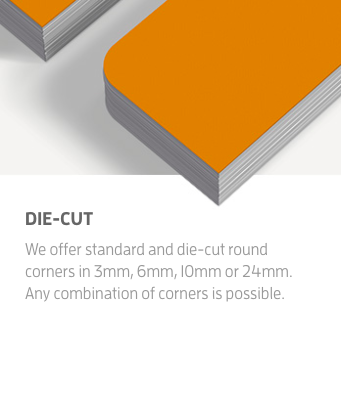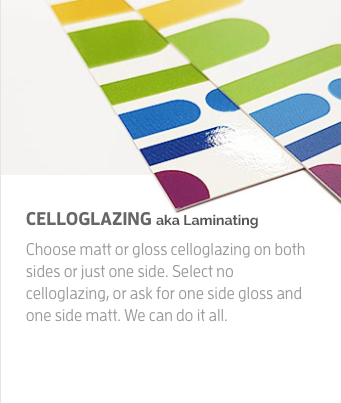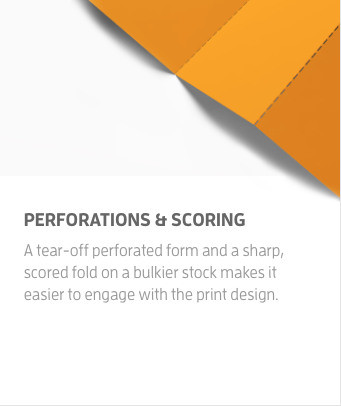Cards
Postcards, Greeting Cards And Golf Score Cards
Postcards, Greeting Cards And Golf Score Cards
We recommend a sturdy stock, such as 400gsm Deluxe Artboard or the lighter and popular 310gsm Deluxe Artboard.
Order Now



Available sizes:
Postcards – 184mm x 110mm
Golf Score Cards – 210mm x 148mm
Greeting Cards – 198mm x 210mm
Colour:
Full Colour one side or both sides
Finish:
Matt or Gloss Celloglazing available on 200gsm & above
Available on one or both sides
Optional extras:
20mm x 38mm Magnet attached to back
Stock:
80gsm through to 350gsm
Gloss, Bond and Matt (Satin) stock
Not all stock types are available in every gsm
Recycled stock available
Bleed:2mm on all sides.
Safe zone:3mm in from all sides.
Accepted file types:PDF version 1.4 or higher formats only.
Resolution:300 dpi for all images and artwork at full size; 800 dpi for all text as an image.
Colours:CMYK or grey scale only.
Fonts:All fonts are embedded or converted to curves so they print correctly
Printed cards have a long history in communication and are still used extensively in the modern environment.
The calling card, a fashion started in the mid 1800’s and used widely during the 19th and early 20th centuries was originally a simple handwritten name on a plain card. During Victorian times these evolved into full colour and beautifully embellished art cards.
Calling cards were displayed on trays and thereby showing callers a person’s standing and social circle.
Calling cards lost popularity during the early 20th century as postcards became popular.
Postcards, as we know them today, developed over a considerable time and became very popular because they were a quick and easy way to communicate.
Initially restrictions upon the card’s size, colour and many postal regulations became increasingly popular throughout the 1800s and early 1900s.
Their popularity grew because they enabled individuals to communicate with each other quickly and easily.
The use of greeting cards, although having been around in some form throughout the centuries, became really popular once mass-produced greeting cards were available. The images and texts of mass produced greeting cards allow individuals with limited literacy to communicate in a sophisticated way. As with postcards the onset of a reliable postal system was instrumental in increasing the use of greeting cards.
Everything has its own history. A brief guide to the history of communication provides an insight into the development of printed cards over the ages.
· Ancient – Verbal communication. Symbols and images in the form of cave paintings were used to pass on information. The ancient Egyptians left ceramic tiles in their temple depicting names and titles.
· 15th and 16th Century – In the main communication before the 15th Century was verbal and people used handwritten notes which were passed on to individuals or groups. The printing press was originally invented by the Chinese in the 1300s and about 150 years later a machine was invented that was able to produce mass printed materials. Handmade greeting cards were being bought and sent.
· 17th Century – In 1690, the newspaper was invented and cities everywhere started publishing newspapers.
· 18th Century – An improved postal system was established in Europe and America. In France visiting cards or calling cards originated in a paper and ink form.
· 19th Century –In 1840 the postage stamp was introduced and in 1843 the first known Christmas card was published in London. Postcards as we know them today were first produced in the late 1800s. They were initially restricted by such things as size and colour however they quickly became popular as they were so easy for people to keep in touch. Prior to postcards cards were sometimes sent via mail with attached postage. These cards are referred to as “mailed cards”.
Initially German printers dominated the postcard market, however, after World War 1 the market had spread.
· In 1831 the electric telegraph was invented by Joseph Henry.
· 20th Century – The computer was invented at the beginning of the century but not used for communication until the mid 1900s. In 1965 email was developed and in later years systems were created to allow sharing of files and photographs.
· From the 1990s due to the prolific use of email messages and e-cards the popularity of postcards declined. Rather than being used as a quick and convenient way to communicate, today’s postcards are mainly used as souvenirs.
· 21st Century – Information technology in the digital age has become more powerful and is constantly evolving and changing. However, the need for paper products in many areas of communication is still as strong if not stronger than it has been in earlier times.
Here at Stationery R Us Express we can help with all of your printed card needs.